A Follow up on Inflation: The Disparate Effects on Company Values!
Musings on Markets
MAY 20, 2022
In general, higher and more volatile inflation has negative effects on all financial assets, from stocks to corporate bonds to treasury bonds, and neutral to positive effects on gold, collectibles and real assets. The former is short hand for the small cap premium and the latter is the proxy for the value factor in returns.

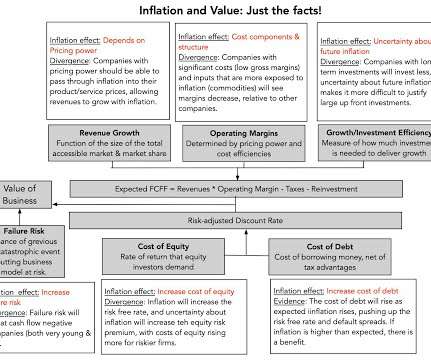
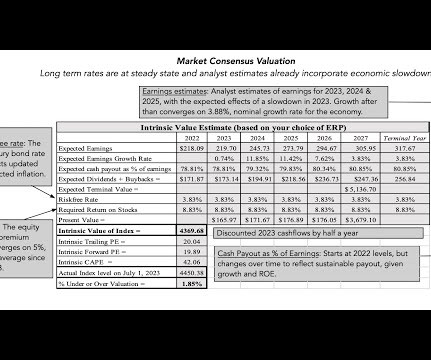
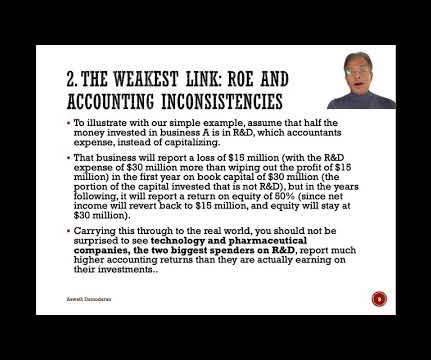
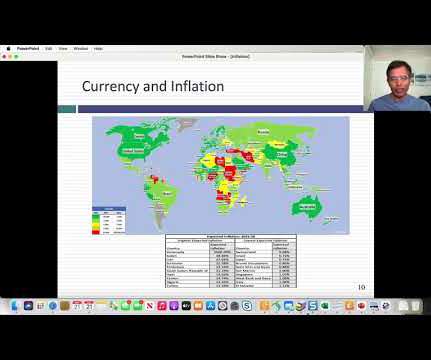
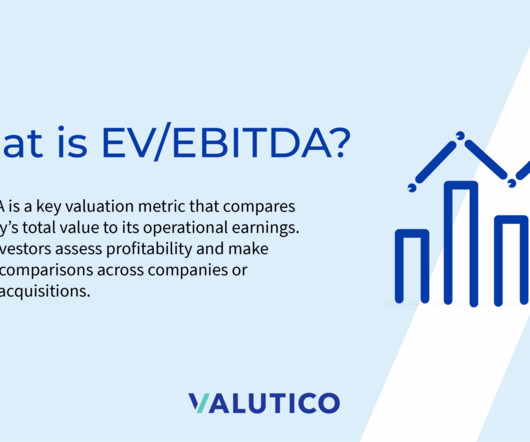
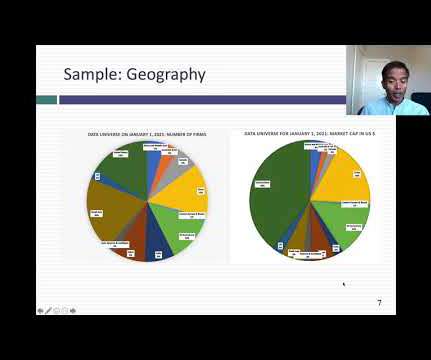
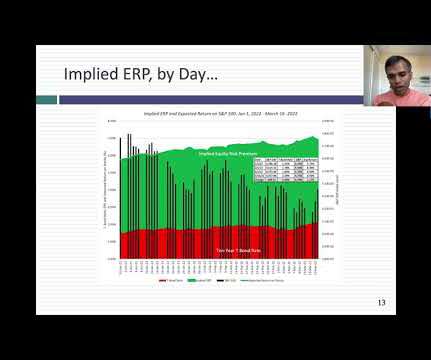

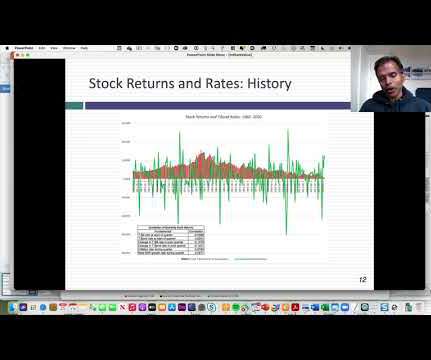






Let's personalize your content